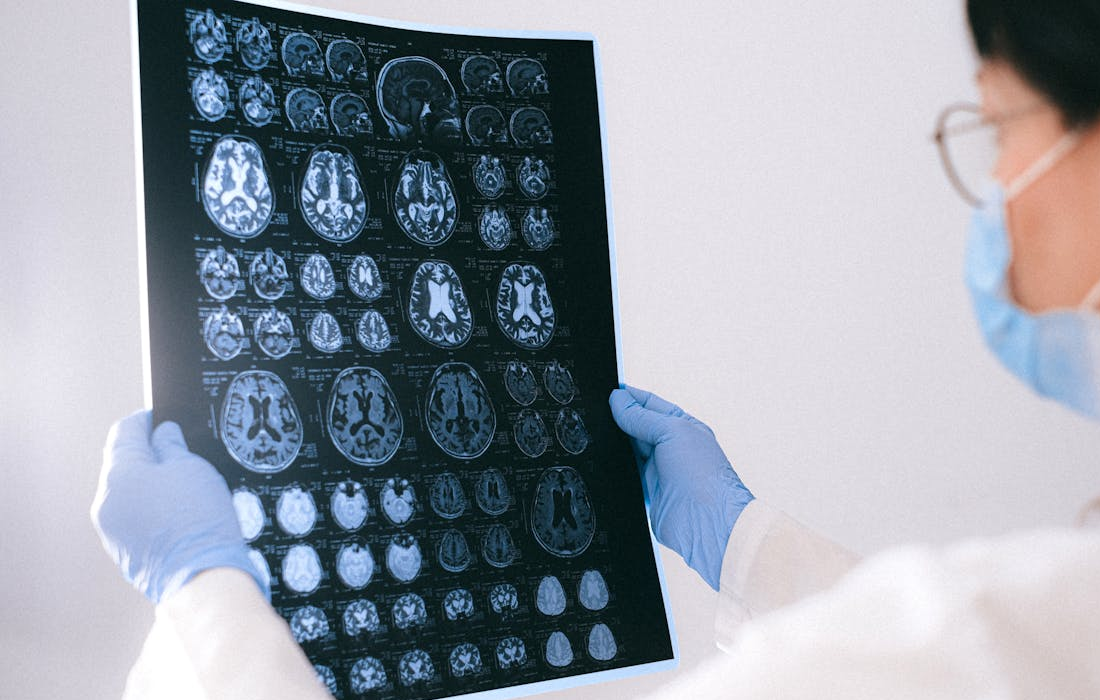Regenerative Medicine News and General Information
Schizophrenia and Aging May Share a Common Biological Basis
Researchers from the Broad Institute of MIT and Harvard, Harvard Medical School, and McLean Hospital have uncovered a strikingly similar suite of changes in gene activity in brain tissue from people with schizophrenia and from older adults. These changes suggest a common biological basis for the cognitive impairment often seen in people with schizophrenia and in the elderly.
In a study published in Nature, the team describes how they analyzed gene expression in more than a million individual cells from postmortem brain tissue from 191 people. They found that in individuals with schizophrenia and in older adults without schizophrenia, two brain cell types called astrocytes and neurons reduced their expression of genes that support the junctions between neurons called synapses, compared to healthy or younger people.
They also discovered tightly synchronized gene expression changes in the two cell types: when neurons decreased the expression of certain genes related to synapses, astrocytes similarly changed expression of a distinct set of genes that support synapses.
The team called this coordinated set of changes the Synaptic Neuron and Astrocyte Program (SNAP). Even in healthy, young people, the expression of the SNAP genes always increased or decreased in a coordinated way in their neurons and astrocytes.
Schizophrenia is well-known for causing hallucinations and delusion, which can be at least partly treated with medications. But it also causes debilitating cognitive decline, which has no effective treatments and is common in aging as well. The new findings suggest that the cognitive changes in both conditions might involve similar cellular and molecular alterations in the brain.
The brain works in large part because neurons connect with other neurons at synapses, where they pass signals to one another. The brain constantly forms new synapses and prunes old ones. Scientists think new synapses help our brains stay flexible, and studies — including previous efforts by scientists in McCarroll’s lab and international consortia — have shown that many genetic factors linked to schizophrenia involve genes that contribute to the function of synapses.
In the new study, McCarroll, Berretta, and colleagues used single-nucleus RNA sequencing, which measures gene expression in individual cells, to better understand how the brain naturally varies across individuals. They analyzed 1.2 million cells from94 people with schizophrenia and 97 without.
They found that when neurons boosted expression of genes that encode parts of synapses, astrocytes increased the expression of a distinct set of genes involved in synaptic function. These genes, which make up the SNAP program, included many previously identified risk factors for schizophrenia. The team’s analyses indicated that both neurons and astrocytes shape genetic vulnerability for the condition.
To their surprise, the researchers also found that SNAP varied greatly even among people without schizophrenia, suggesting that SNAP could be involved in cognitive differences in healthy humans. Much of this variation was explained by age; SNAP declined substantially in many — but not all — older individuals, including both people with and without schizophrenia.
With better understanding of SNAP, McCarroll says he hopes it might be possible to identify life factors that positively influence SNAP, and develop medicines that help stimulate SNAP, as a way to treat the cognitive impairments of schizophrenia or help people maintain their cognitive flexibility as they age.
In the meantime, McCarroll, Berretta, and their team are working to understand if these changes are present in other conditions such as bipolar disorder and depression. They also aim to uncover the extent to which SNAP appears in other brain areas, and how SNAP affects learning and cognitive flexibility.
Sources:
Emi Ling, James Nemesh, Melissa Goldman, Nolan Kamitaki, Nora Reed, Robert E. Handsaker, Giulio Genovese, Jonathan S. Vogelgsang, Sherif Gerges, Seva Kashin, Sulagna Ghosh, John M. Esposito, Kiely Morris, Daniel Meyer, Alyssa Lutservitz, Christopher D. Mullally, Alec Wysoker, Liv Spina, Anna Neumann, Marina Hogan, Kiku Ichihara, Sabina Berretta, Steven A. McCarroll. A concerted neuron–astrocyte program declines in ageing and schizophrenia. Nature, 2024; DOI: 10.1038/s41586-024-07109-5
Broad Institute of MIT and Harvard. (2024, March 6). Schizophrenia and aging may share a common biological basis. ScienceDaily. Retrieved March 6, 2024 from www.sciencedaily.com/releases/2024/03/240306150610.htm
Photo by Anna Shvets from Pexels: https://www.pexels.com/photo/a-doctor-holding-an-mri-result-of-the-brain-4226219/

